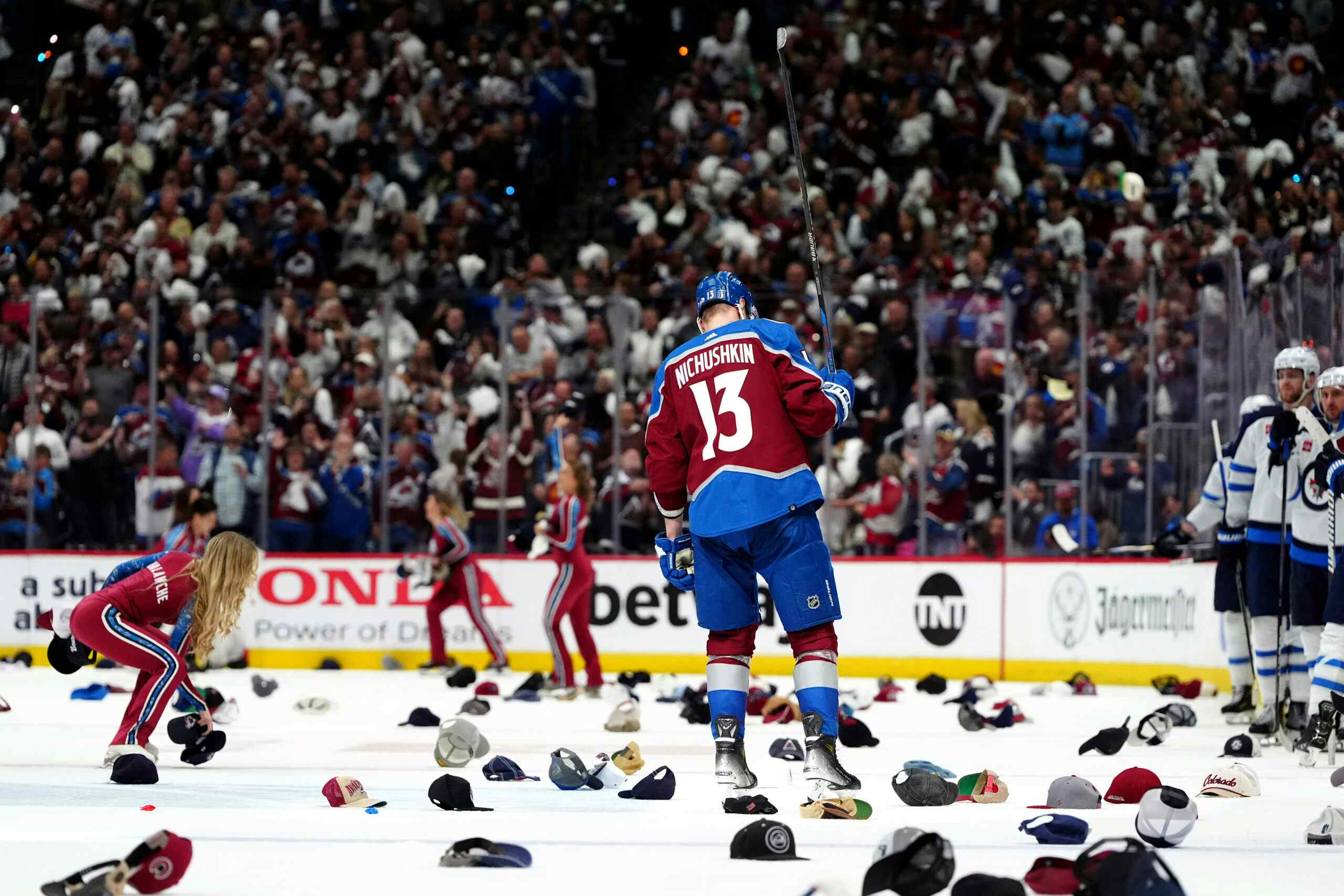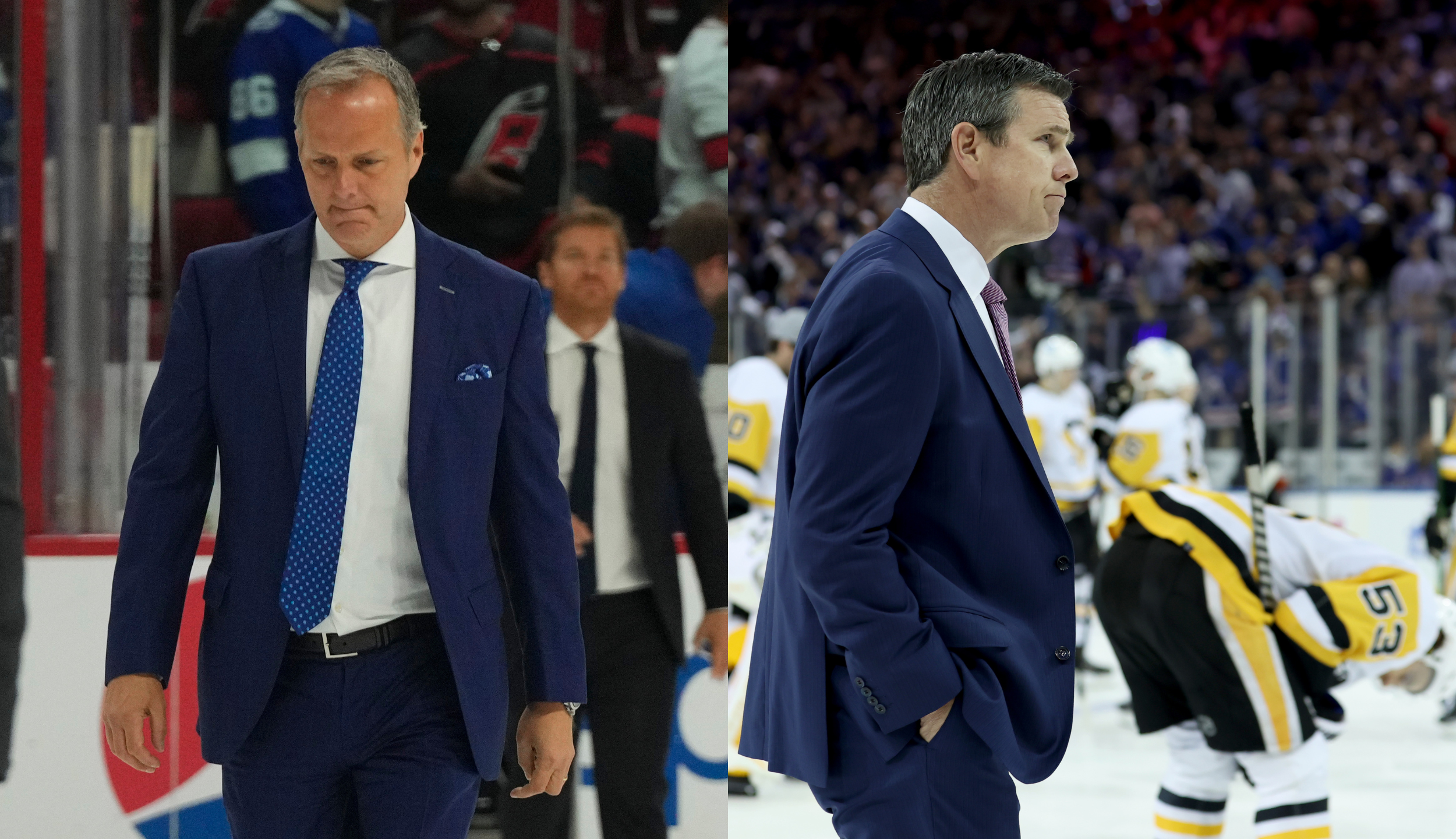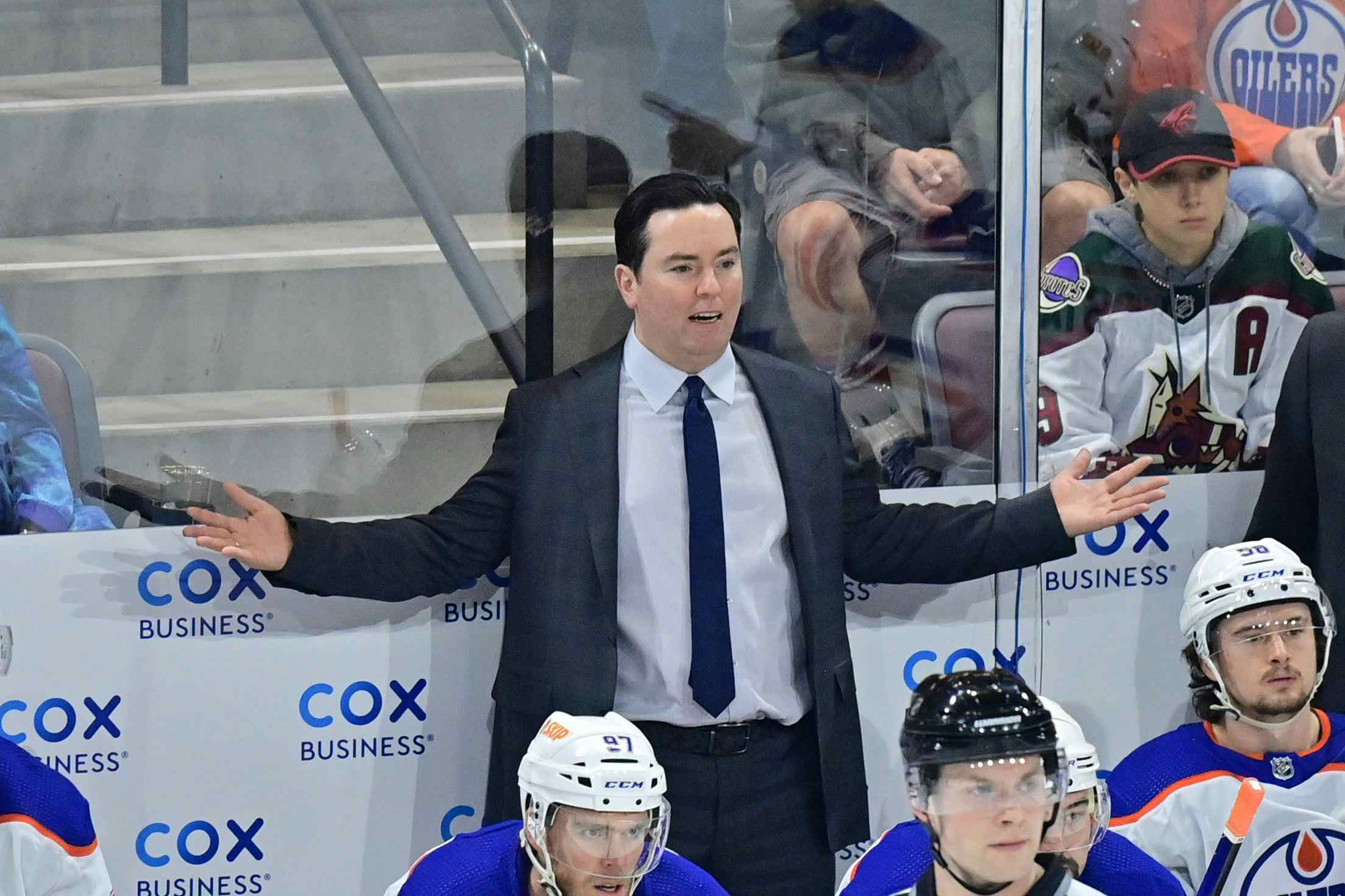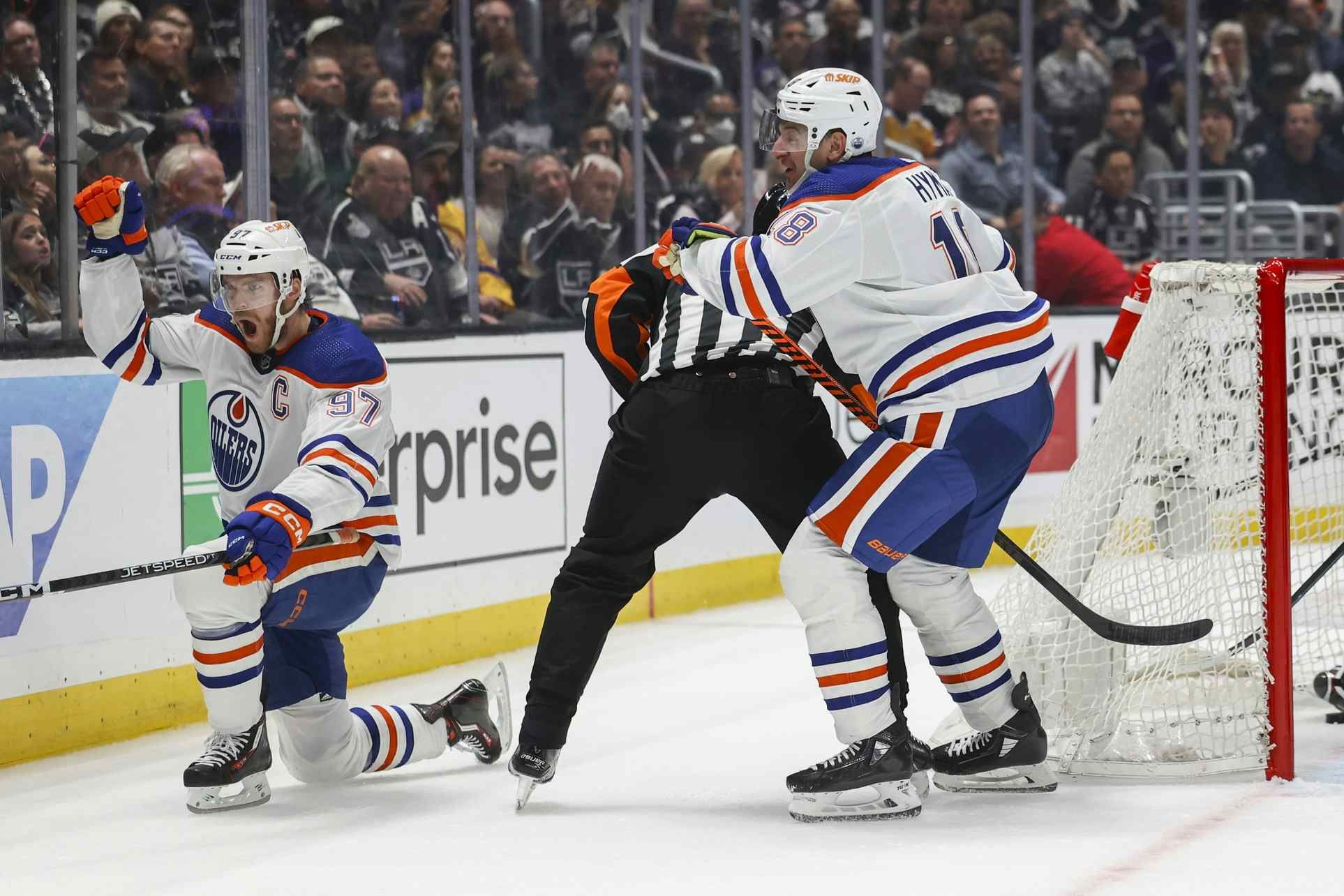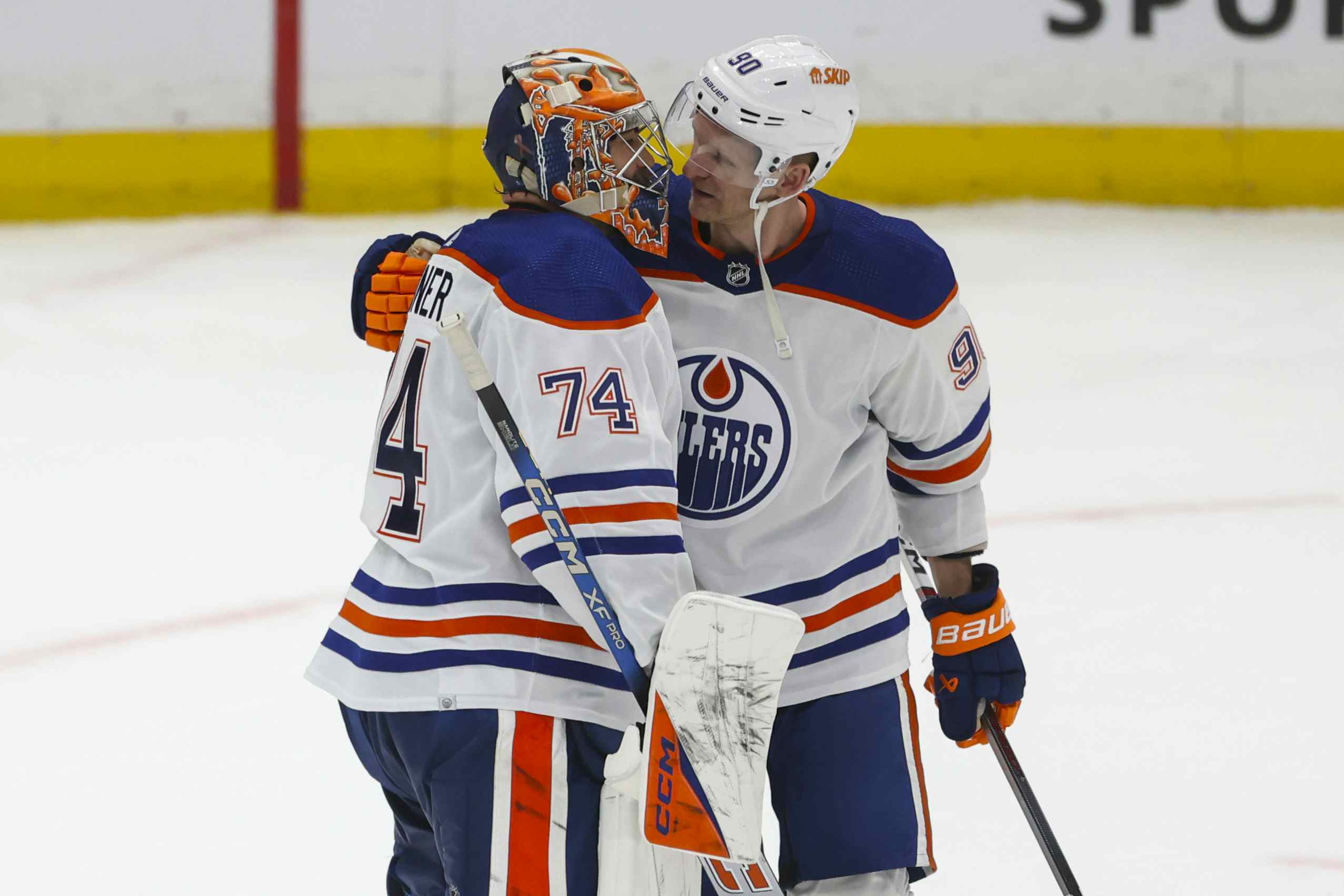Baptism By Fire and the Pittsburgh Penguins
The 2003-04 Pittsburgh Penguins were a miserable team – the worst in the NHL in fact. They went 23-47-8-4, and were led in scoring by defenseman Dick Tarnstrom (52 points) and had ten different players who recorded a -20 rating or worse. The team also featured 17 players aged 25 or younger, including many high draft picks.
Five years later, the Pittsburgh Penguins won the Stanley Cup – showing that the baptism-by-fire method helped develop those young players into champions, right? Wrong.
Let’s consider the list of players under the age of 25 who played 10+ games for the Penguins in 2003-04. Players in bold had a role on the 2008-09 championship team:
- Ryan Malone (23): 81GP – 22G – 21A – 43PTS, -23 (Draft: 4th round, 1999)
- Milan Kraft (23): 66GP – 19G – 21A – 40PTS, -22 (Draft: 1st round, 1998)
- Rico Fata (23): 73GP – 16G – 18A – 34PTS, -46 (Draft: 1st round, 1998)
- Konstantin Koltsov (22): 82GP – 9G – 20A – 29PTS, -30 (Draft: 1st round, 1999)
- Ric Jackman (25): 25GP – 7G – 17A – 24PTS, -5 (Draft: 1st round, 1996)
- Tomas Surovy (21): 47GP – 11G – 12A – 23PTS, -8 (Draft: 4th round, 2001)
- Tom Kostopoulos (24): 60GP – 9G – 13A – 22PTS, -14 (Draft: 7th round, 1999)
- Matt Bradley (25): 82GP – 7G – 9A – 16PTS, -27 (Draft: 4th round, 1996)
- Brooks Orpik (22): 79GP – 1G – 9A – 10PTS, -36 (Draft: 1st round, 2000)
- Josef Melichar (24): 82GP – 3G – 5A – 8PTS. -17 (Draft: 3rd round, 1997)
- Ramzi Abid (23): 16GP – 3G – 2A – 5PTS, -5 (Draft: 3rd round, 2000)
- Jon Sim (25): 15GP – 2G – 3A – 5PTS, -4 (Draft: 3rd round, 1996)
- Dan Focht (25): 52GP – 2G – 3A – 5PTS, -23 (Draft: 1st round, 1996)
- Rob Scuderi (24): 13GP – 1G – 2A – 3PTS, +2 (Draft: 5th round, 1998)
- Matt Murley (23): 18GP – 1G – 1A – 2PTS, -6 (Draft: 2nd round, 1999)
— - Sebastien Caron (23): 40GP, 9-24-5, .883 SV%, 3.74 GAA (Draft: 3rd round, 1999)
- Marc-Andre Fleury (18): 22GP, 4-14-2, 3.64 GAA, .896 SV% (Draft: 1st round, 2003)
Interesting list, that. Only three of those seventeen players would have any kind of role on the team that would win the Stanley Cup just five years later. Only two of seven first round picks would end up having a role.
The Penguins at that point were three years into a rebuild that had seen them record 69, 65, and 58 points between 2001-02 and 2003-04. So this wasn’t a freshly gutted group; the Penguins were already well into their reconstruction and at this point it was fair to say that this collection of young players represented much of the fruitage of their rebuilding work. They had some decent non-NHL prospects at that point: Ryan Whitney, Daniel Carcillo, Erik Christensen, Maxime Talbot and Noah Welch were all prospects at the time, although here to we note that only Talbot was on the Stanley Cup-winning team (although Whitney at least brought in winger Chris Kunitz in trade).
The players getting developed in the NHL during Pittsburgh’s three seasons in the gutter actually had rather little long-term benefit to the franchise. To be sure, the picks acquired during these years were golden – Fleury, Malkin, Crosby and Staal were eventually reaped down the line, and to the benefit of the team. All the team had to do to get those players was survive a relocation scare, burn four seasons (plus the lockout) worth of games, and see virtually every prospect the team had at the start of the rebuild either flameout in the NHL or hit unrestricted free agency before the team was ready to compete.
The point? The reason that teams who do the scorched-earth rebuild eventually succeed has precious little to do with their young prospects getting NHL jobs, and a lot more to do with the incredible draft picks that end up getting stockpiled while those players fail spectacularly in the big leagues.
Recent articles from Jonathan Willis


